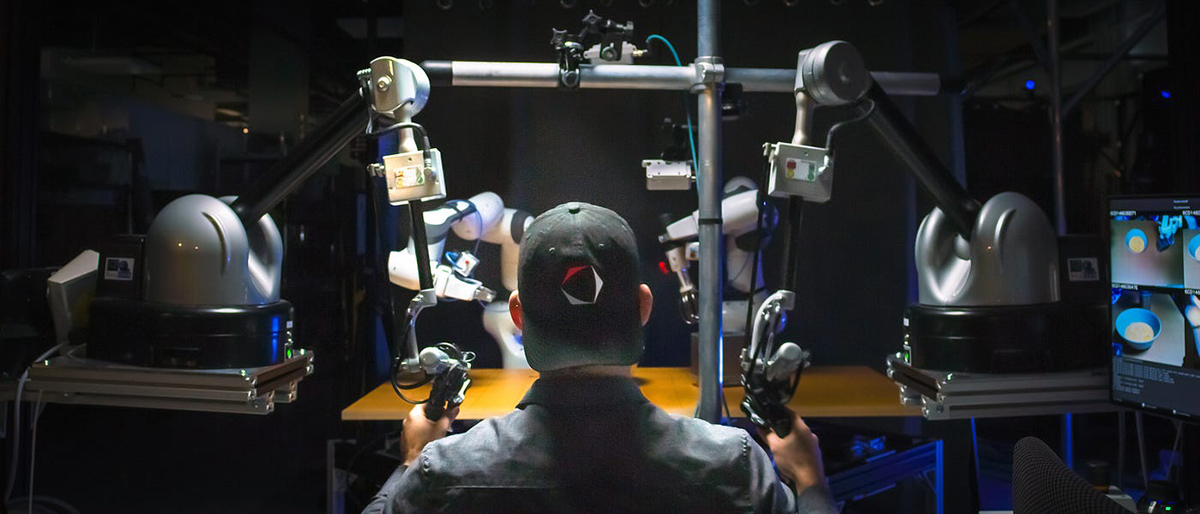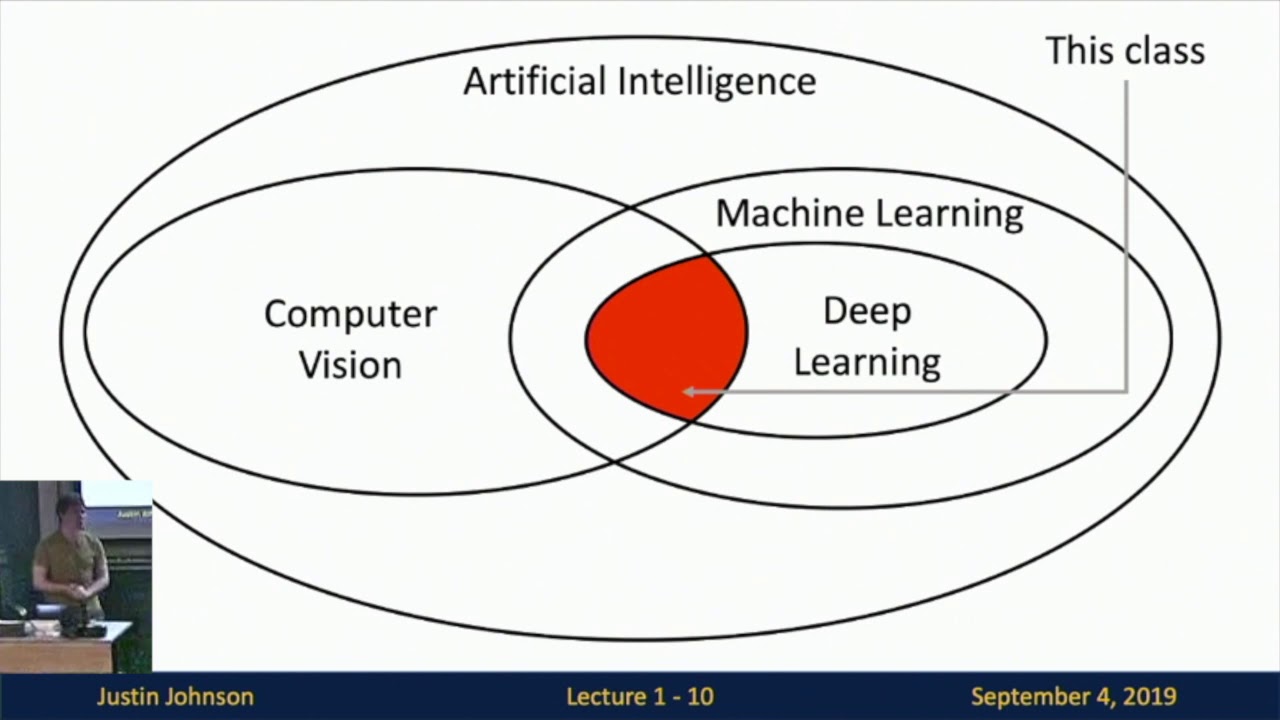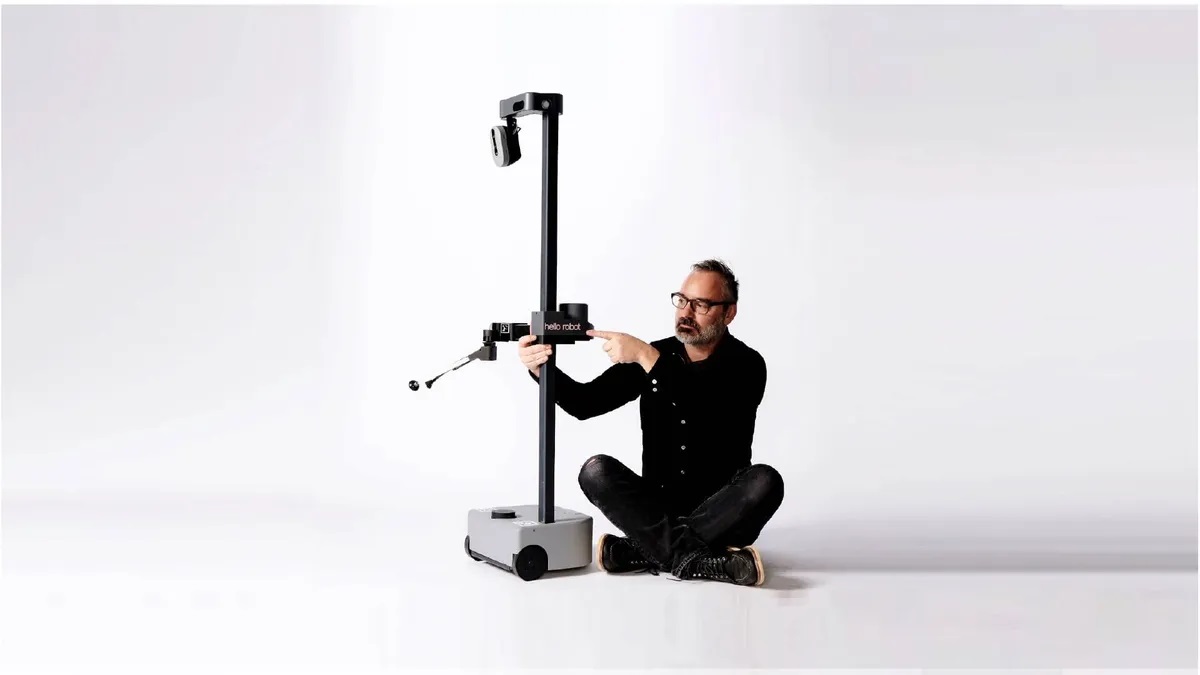In the world of robotics, captivating demo videos have become a powerful tool for showcasing the capabilities of advanced mechatronics. These videos, often featuring impressive feats performed by robots, have the potential to inspire and captivate audiences. However, as the desire to impress and entertain grows, the line between reality and stagecraft can become increasingly blurred.
Key Takeaway
Robotics demo videos often employ sophisticated editing and presentation techniques to showcase the capabilities of robots. Understanding the nuances of these videos can help viewers differentiate between genuine demonstrations and embellished portrayals.
The Impact of Viral Robotics Videos
Over the years, robotics companies like Boston Dynamics have leveraged the viral potential of their demo videos to garner widespread attention and recognition. These videos, featuring robots like Big Dog, Spot, and Atlas, have not only showcased the remarkable advancements in robotics technology but have also contributed to shaping public perception of robotics as a whole.
Challenges in Perceiving Robotics Demo Videos
As the popularity of robotics demo videos has surged, so has the challenge of accurately interpreting the content presented. With the rise of CGI and sophisticated editing techniques, distinguishing between genuine demonstrations and embellished presentations has become increasingly complex. The allure of novelty and the lack of technical expertise among viewers further compound the difficulty of discerning the authenticity of these videos.
Unveiling the Techniques Behind Robotics Demo Videos
Brad Porter, the founder and CEO of Collaborative Robotics, has shed light on several key techniques used in robotics demo videos. These include stop-motion editing, simulation, “Wizard of Oz” demos, single-task reinforcement learning, and monitoring potential omissions. By understanding these techniques, viewers can develop a more discerning eye when engaging with robotics demo content.

























